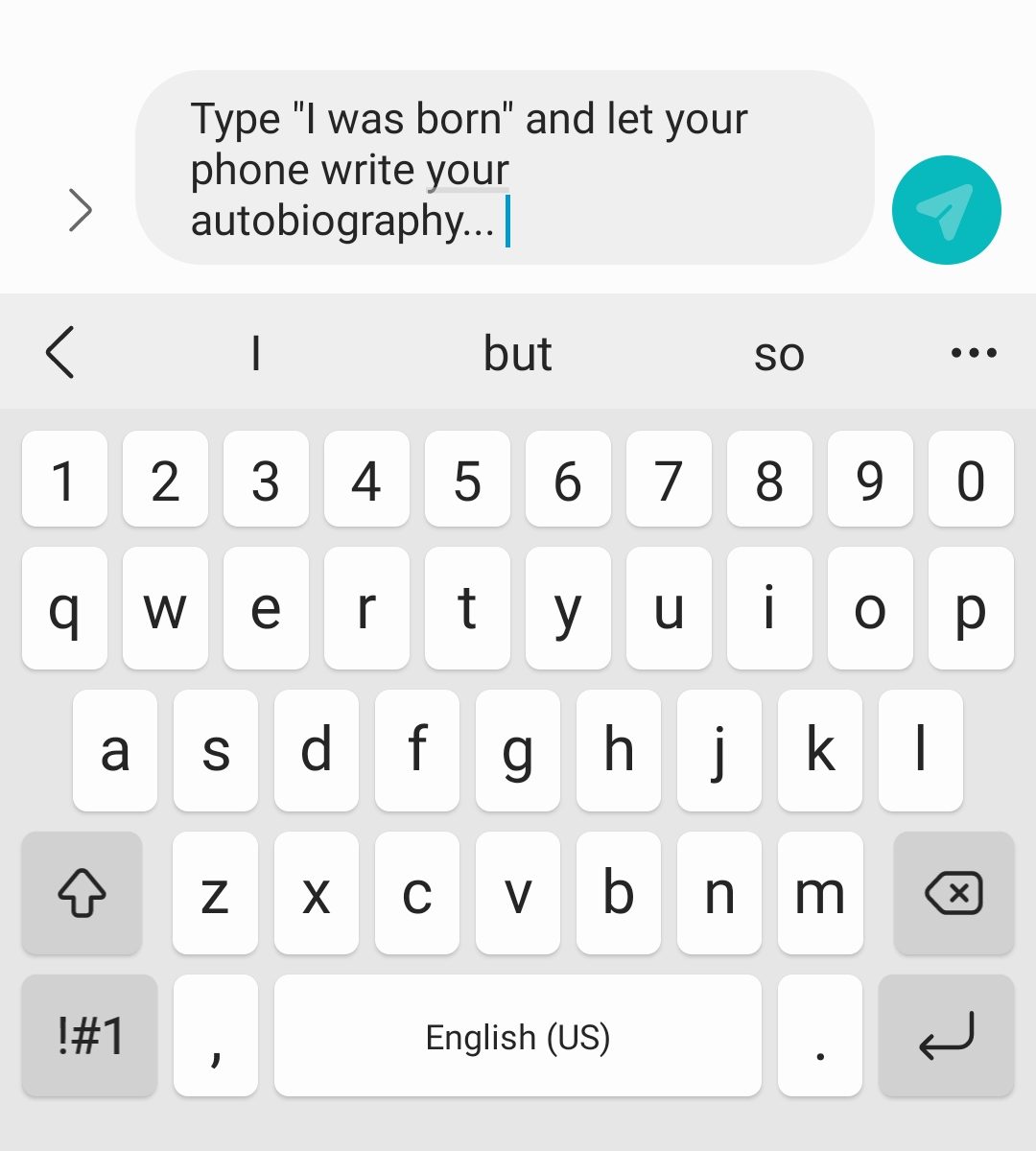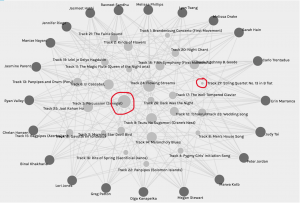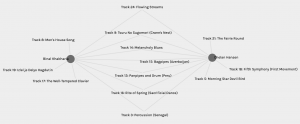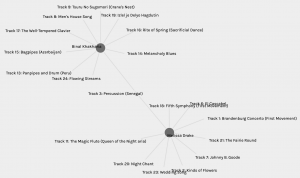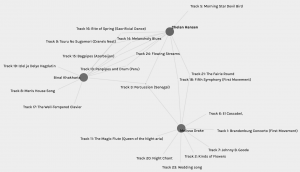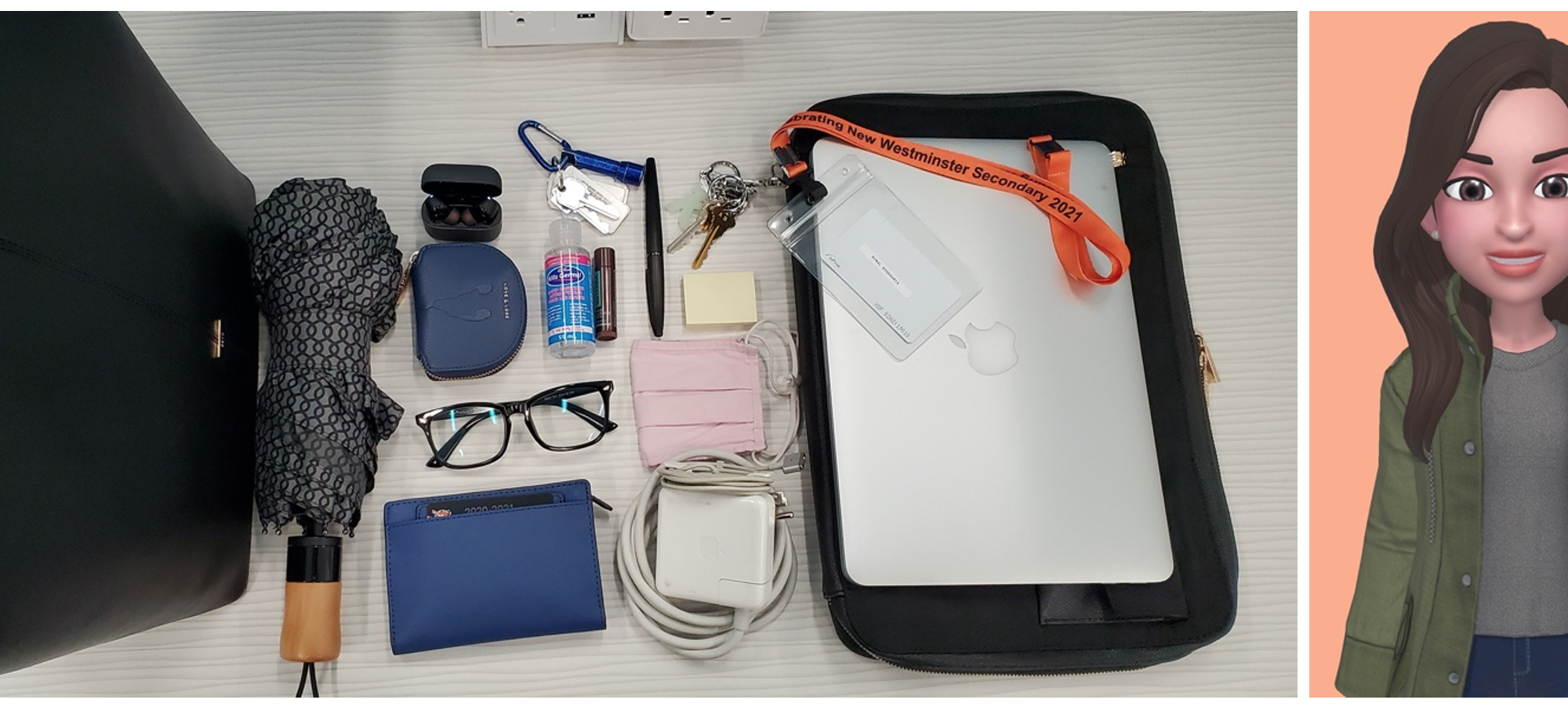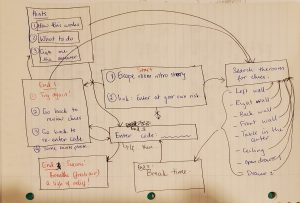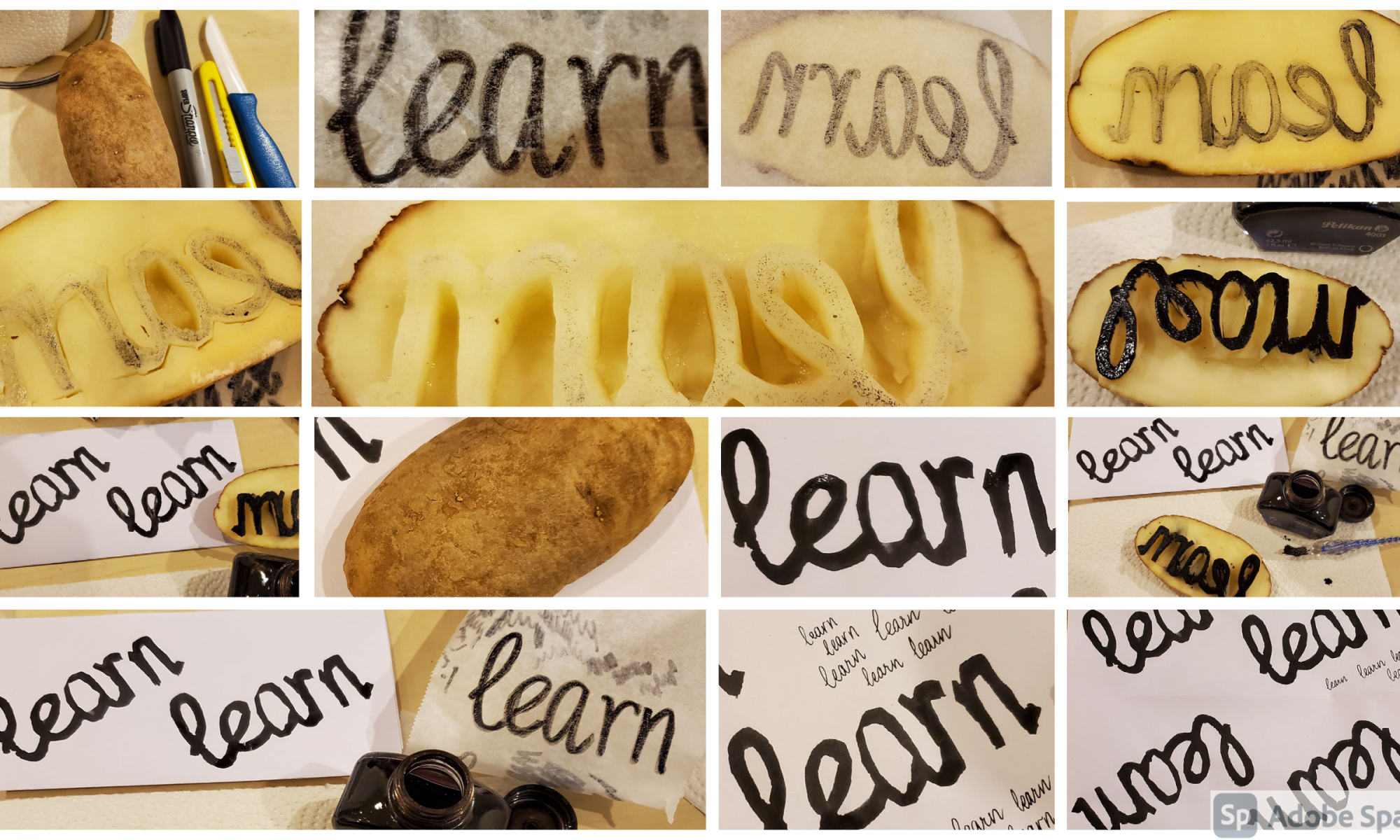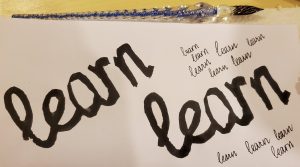there was this boy his name was Harry Potter he didn’t know that she was a wizard funny things happened Jason when he was a kid he was left his aunts doorstep when he was one-year-old Lord Walmart Professor Dumbledore came by left a letter in left hand to be brought up by his aunt and uncle and then on his 11th birthday habitat game by The Doors that he was a wizard go to Diagon Alley for shopping for school supplies I was introduced to the Wizarding World so his first year at Hogwarts starts when he meets 31 and Hermione from the train Hogwarts Express the ultimates meets Neville and they call my phone he goes to Hogwarts said he sees the castle for the first time get sorted into Gryffindor House The Ghost and the professors she is fascinated by the moving staircases and the stalking portraits and the fact how do you learn more about what it is to be a wizard so magical Lord Voldemort his parents before he figures that something fishy is going on at school and he has to go to this hole scavenger hunt to save the Philosopher’s Stone from Riddle and then he goes home for the somewhere and he’s unhappy with his aunt and uncle and he needs to go back to Hogwarts second ear Barbie comes to meet him Dobby the house elf Dobby stops him from going to Hogwarts how do you spell decides to go he’s rescued from his aunt and uncle by it on and said and George was like a car to come and save him and take him to the bus and mrs. Weasley at the burrow Ginny has a huge crush on me cytus II at at Hogwarts we meet Professor Lockhart he’s a most secondary is about Chamber of Secrets in this big monster Syed of Slytherin who is standardizing the place woman’s eye being attacked in a design how to save them he fights Tom Riddle’s memory that comes out of a diary is Voldemort Fawkes the Phoenix comes and helps was the Sword of Gryffindor out of the Sorting Hat Mohican Hills he saves Ginny Lockhart has lost his memory when do second date at Hogwarts ends Eagles home again I’m miserable what is sodium begin Enrique about the prisoner has escaped prison harry blows up his aunt sounds away from home and he’s picked up he stopped off at he calls an environment where the minister of Magic meets him alarms CS black is a subscription is coming to get him and he’s asked to be careful find a city flag he eventually lunch that Sirius Black Roses Godfather and he thinks that he bit she’s fat and send Sirius Black is the reason that can fit inside it eventually he finds out that that is also not true it just because of one thing. You said inside then in Genesis 1 day for the 4th Sirius and Lupin some chilly Wonka jalapenos a professor for defense against the dark arts how do you find out results today when his dad was at Hogwarts Jay saves hippogriff who is Hermione punches Jake Owen this is pretty cool Snape wanted Sirius to be punished the Dementors guard Iglesias gay pretty weird to watch edible CSN Fly Away Chili’s tortilla is over that is 4 cm yeah introduced to the Quidditch World Cup play the whole magical world outside that I owe you all those kids that go to other parts of Sysco Baltimore animate students from other isn’t this the Triwizard Tournament. in the floors Hattie is entered into the tournament LeBron is upset because Cinderella titas in the tournament becomes a for music. Cedric room floor ideas school stabbing how do you just ask you to summoning time able to slide around the first task for the second dose how to save your own from the Moon envelope back late but she decides to wait and Save oxygen and then for the third guy is amazing but I was going to go but the coffee is a Porky hey and said they were treated. Cedric and Hattie iBooks transported to the Vivian and before that he’s able to do anything or say anything Cedric and one more disable and then when Harry goes back to Hogwarts Dumbledore Voldemort has come back but fudge doesn’t believe him and had to get some of his money to Fred and George brother jokes he’s very angry and I think he has ptsd is a court case against him because magic in the presence of a mother Civic guys and you’re supposed to fight them off wsa and then he was almost expelled from Hogwarts said he wasn’t because of and that’s why he goes back to school prefix for Teddy is in but then he has a lot more to fight against it’s on these Visions in his head he saves mr. Weasley pccs being tortured the ministry of magic with his friends sexiest wasn’t there addiction to get the prophecy how about human Voldemort say either one can survive one has to go and of course we know how it goes again for tomorrow eventually and under this Epic Dumbledore and Voldemort before that scene yesterday so that’s sad everybody finds out the full amount is back in the minister finally believes Tumblr and telling the truth so yeah EDM Dumbledore Ryback seems okay they’re ready to fight full more 50 hours / what is 60 or someone who decides to have private lessons with him. enjoyed what you want that very white then they go in this 10 to find out everything about Voldemort so Dumbledore chairs everything he knows with Hetty it feels like the end is coming so how do you learn about Voldemort from Tom Riddle on one of the mission find a hotel American Laser. My condo before work and then uses Expelliarmus on Dumbledore Dumbledore loses one he’s scared by snake or story thing hat is $60 / 100% if he decides he’s not going back to school he’s going to wait until it’s Worth Texas like Reese’s off so he can go exploring on his own to find the rest of the hotel destroyed what did Hermione go with him but phone gets really upset Livingston Parkway the phone one horcrux playnow phone comes back is able to destroy the hookah meanwhile Harry and Hermione had gone godric’s Hollow Ann Hayes Wanda’s booking and Lego to see xenophilius Lovegood San Diego to Tacoma first house they meet Luna and Ollivander go to bills and by the way then Lego Lupin has a baby boy with songs they go to bring arts and bacon to Bellatrix lestranges walk The Sword of Gryffindor no I actually have the Goblin griphook fix the Sword of Gryffindor so now they have to destroy the cough but they don’t have the sword and then as the news of the bay connecting for today just one more than he figures out what’s being stolen Teddy’s after the whole Sexy and then he goes through security and yellow snake with the Headmaster at Hogwarts images of Romania is at home he finds it after talking to Helena she tells him his story the haka it gets destroyed I go to a boiled icing Bengali movie Carmen sleep read dice and look at all of Snape’s memories and he figures that you going back so he goes to face Voldemort alone are you still alive that he comes back and because he sacrificed his life for everyone else they all are safe Texas mom died for humans who kills Voldemort 19 years later he’s dropping his kids off at Hogwarts Express Gainesville station
- How does the text deviate from conventions of written English?
The text reads very awkward, lacks punctuation and flow. The software seems to have attempted to follow grammar rules, but the whole thing seems illogical and haphazard. It is not easy to read and definitely makes no sense at all. The sentence structure for standard English has not been applied, as the whole text reads like one long run-on sentence. There is hardly a “subject-verb-object” order to the sentences, and some nouns and adjectives do not seem appropriate. There are no paragraphs or transitions to other ideas. However, there are barely any spelling errors in the text, and a lot of the nouns and other references have been capitalized, which was a pleasant surprise.
- What is “wrong” in the text? What is “right”?
At first glance, everything seems wrong in the text. The grammar, punctuation, and organization of words leads to the loss of meaning, making it difficult to understand what the text is actually saying. However, upon closer inspection, the text actually does have some meaning, it has just recorded everything as it perceived me speaking. I spoke without stating the punctuation “comma”, “question mark”, “period”, etc. thus it did not add them everywhere they are needed. There are some words that have been capitalized though. The software is familiar with Harry Potter, and was able to spell most of the names and locations from the series correctly. My pronunciation, rate of talking, volume, and proximity to the device have all played a role in this transcription. I used my laptop and dictation.io/speech to record what I was speaking. The transcription was distracting so I put my laptop down and looked up at the ceiling while I talked, or paced nearby while talking. The text does not take into account any of my inflections or sarcasm or any other emotions expressed while I narrated. It noted down words as it “heard” them. There is no logic to the text and if I talked too fast, it missed out on some words. What is admirable, though, is the fact that almost all the words are real words and would normally be meaningful. Also, the fictional words from the Harry Potter universe have (for the most part) been spelled correctly – including Voldemort (Walmart once), Ginny, Lockhart, Expelliarmus, Ollivander, Griphook, Dumbledore, etc.
- What are the most common “mistakes” in the text and why do you consider them “mistakes”?
Some common mistakes include the substitution of words that sound somewhat similar: “talking portraits” became “stalking portraits”, “whole” became “hole”, “summer” became “somewhere”, and so on. These are mistakes because they take meaning away from the narrative even more. The text already lacks the inflection and emotion (and gestures) that a listener may use to make meaning of the spoken words, and these word replacements would confuse a reader even further. Some other substitutions do not make as much sense and are more difficult to decrypt: “the Heir of Slytherin” became “Syed of Slytherin”, “terrorizing the place” became “standardizing the place”.
Besides word substitution, the lack of structure is a “mistake”. Reading the text as a whole run-on sentence was arduous – it barely made sense to me and I know what I spoke. I am curious to see what others make of it. The lack of punctuation, paragraphs, transitions between ideas, all take away meaning, leaving behind a bunch of words placed together. These same words, when spoken aloud, made a lot more sense and put forth a narrative about the Harry Potter series. This transcription is quite far from that narrative.
- What if you had “scripted” the story? What difference might that have made?
If I had scripted this story before narrating it, I would have better sentence structure, clear punctuation and followed the normal rules of grammar. While narrating this script, I would have added the punctuation words for the software to decode: “comma”, “period”, “next line”, etc. giving the transcription a better form and structure as well. My “thoughts” themselves would have had better flow and structure, I would have all my ideas written down and edited accordingly, chronologically. As I was speaking, I realized how much I had missed out and wanted to add but I had already moved ahead to the next point. In some ways, the text reads random because my thoughts and narration was a little random. With a script, it would have been less awkward, more meaningful.
- In what ways does oral storytelling differ from written storytelling?
The idea that intrigued me most this week was Ong’s idea that “[o]ral expression can exist and mostly has existed without any writing at all, writing never without orality” (2002, p. 8). I had not given much thought to the languages I speak and/or write. However, this struck me when I read it and was able to immediately perceive the truth in it. There are so many spoken languages that exist without writing, but there is no way I can read without “saying” the word inside my head, first (or simultaneously, I guess). Upon reading this chapter, I was able to appreciate how literature has evolved from spoken to written, and yet the emphasis we “literates” place upon the written word, while considering the spoken word somehow “inferior”. The written story would be formally written, sequential, and “relatively permanent” (Gnanadesikan, 2011, p. 2). It would leave a mark, literally, on the page, line after line. As Gnanadesikan (2011) further states, “[w]ritten texts can thus convey their message more precisely, adding to the sense that writing is worth more than speech” (p. 5). The oral story could be more emotive despite being fragmented, logical despite being out of sequence, and yet regarded with skepticism despite the fact that most of our history has been passed down by oral tradition. The scientist in me thinks that this is because the written text serves as evidence, support for the ideas they convey; the spoken word, once spoken ceases to exist, it is “inherently ephemeral” (Gnanadesikan, 2011, p. 4) making it difficult to hold on to, to refer back to, to rely on.
Nevertheless, I believe that the written word may also lead to misinterpretation and confusion, if not read with the correct intention. The spoken word, imbued with emotion and gesture, is not as easily misunderstood. Depending on one’s needs, culture, traditions, purpose, etc. one may argue the superiority of one form over the other. However, both are important and need not be mutually exclusive in their usefulness or dependence. As Ong puts it:
“Oral cultures indeed produce powerful and beautiful verbal performances of high artistic and human worth, which are no longer even possible once writing has taken possession of the psyche. Nevertheless, without writing, human consciousness cannot achieve its fuller potentials, cannot produce other beautiful and powerful creations. In this sense, orality needs to produce and is destined to produce writing.” (Ong, 2002, p. 14).
While oral stories may be wonderfully immersive in their right, without the written word they may not (will not) live forever. Oral stories passed down may lose elements that make them beautiful and powerful. The written word need not always be clinical, technical and functional. There are many written stories that are equally, if not more, powerful, beautiful, and wonderful despite their formality. If not for written storytelling, we would not be able to enjoy a lot of the classics from previous generations, and if not for oral storytelling, we would not be able to learn about different cultures, dialects, and pronunciation.
References:
Gnanadesikan, A. E. (2011). The first IT revolution. The writing revolution: Cuneiform to the internet (pp. 1-10) John Wiley & Sons, Inc.
Ong, W. J. (2002). The orality of language. Orality and literacy (pp. 5-15). New York; London: Routledge.



